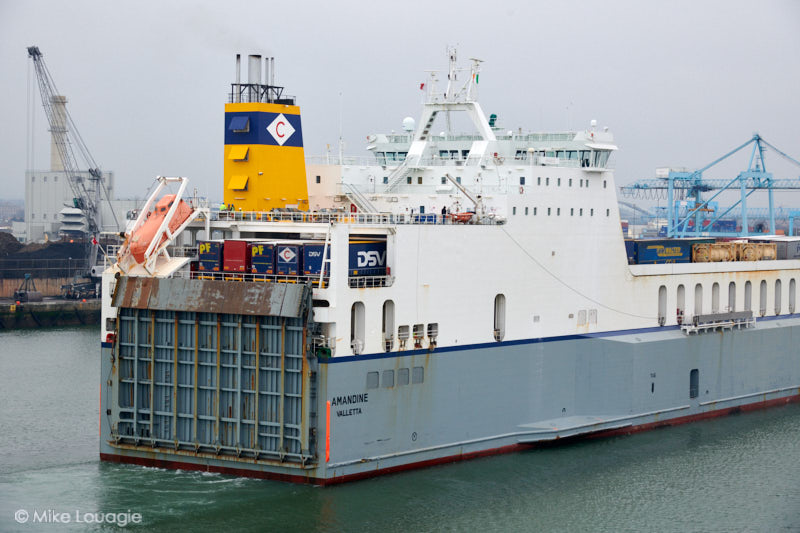- Port of Dublin says in its Q3 report that core freight and container volumes from Britain declined by 21.2% to 537,680 units between January and September this year (Holyhead, Liverpool and Heysham).
- In contrast, volumes on continental European, direct routes increased by 36% to 522,765 units. (Mainly Rotterdam, Zeebrugge, Antwerp and Cherbourg).
- Containers and trailers in the RoRo and LoLo modes – the largest part of Dublin Port’s business – declined by just -0.5% to 1,060,445 units but with very different trends between the two modes:
RoRo -6.6% (707,212 units)
LoLo +14.4% (353,233 units)
- Behind the different trends in Ro-Ro and Lo-Lo, there has also been a large and consistent change in the geographical mix of Dublin Port’s trade since the introduction of Brexit border controls in January 2021.
- As a result, unitised volumes on routes to Great Britain now account for just over one half (51%) of all unitised trade where, before Brexit, they accounted for approaching two-thirds (64%).
- Allied to this, the proportion of RoRo units which are driver accompanied (181,605 after nine months) has fallen from 32% to 26%.
- Dublin currently has two shipping lines looking to commence services. They cannot be accommodated. Dublin has a short-term and a long-term plan.



